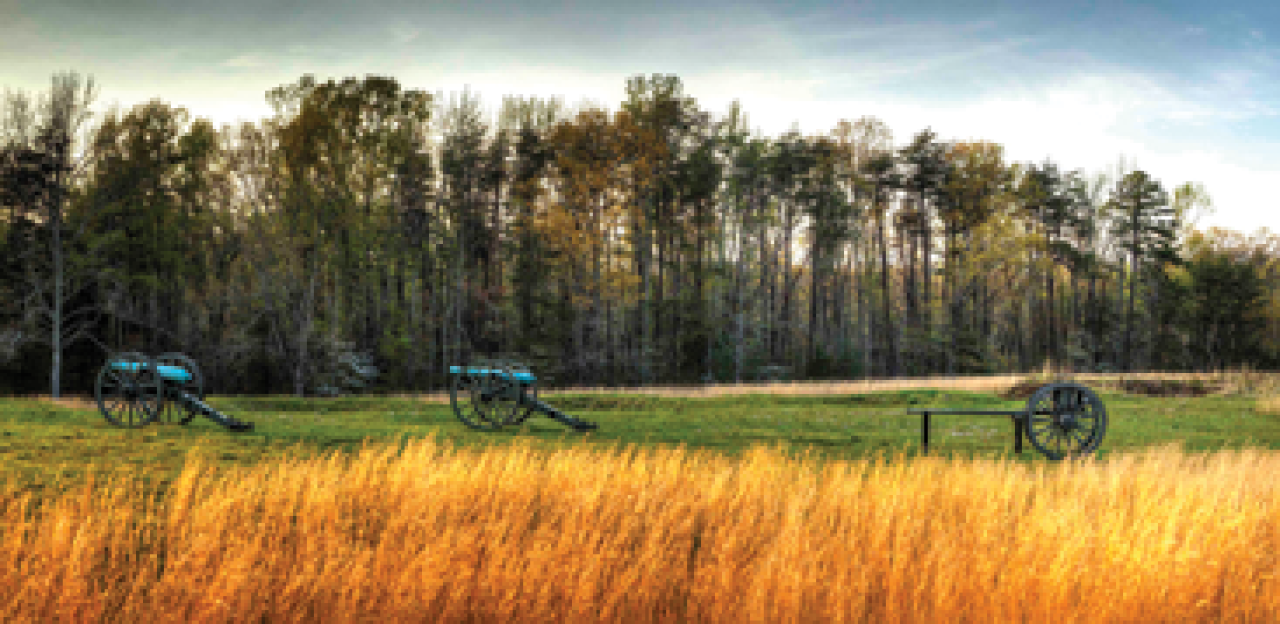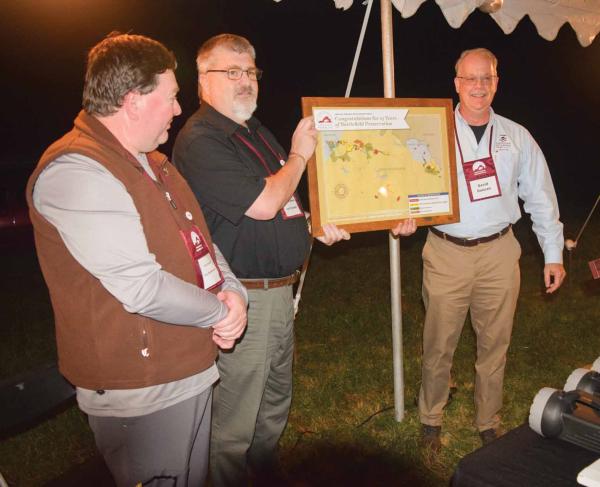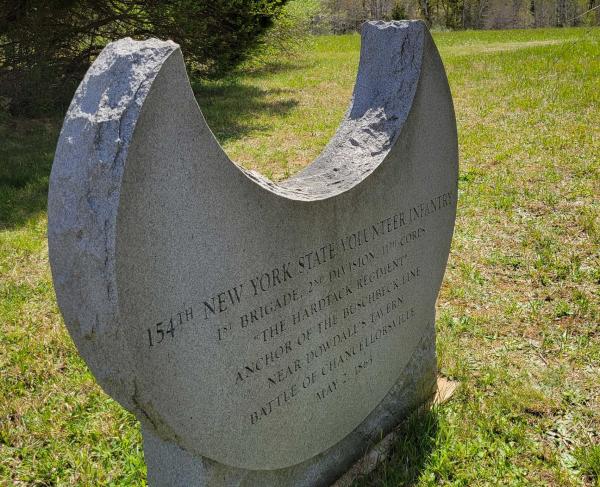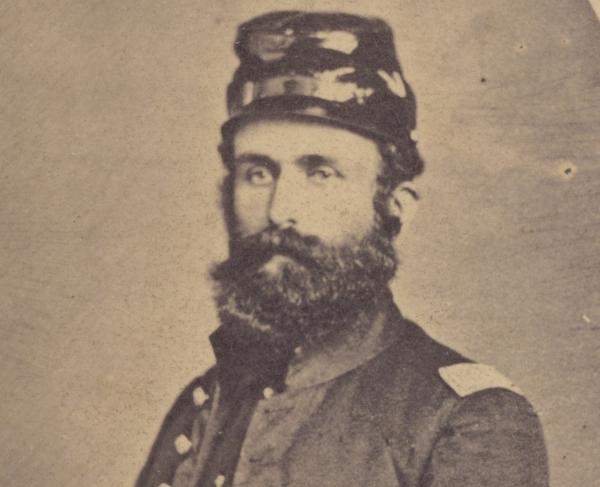The Decisive Day

Hallowed Ground, Spring 2013

Despite the stunning blow delivered by Jackson’s Flank Attack, the Union army remained the far larger force and it occupied many of the most strategic spots on the battlefield. Among the most important positions, and often called the “key” to the Chancellorsville Battlefield, was a high, open plateau named Hazel Grove. With its direct view of the Union positions at Fairview and Chancellorsville, Hazel Grove was the perfect location for Confederate artillery looking to assail the very heart of the Federal position.
During the night of May 2, Col. Edward Porter Alexander of Georgia discovered Hazel Grove during an evening scouting mission and persuaded acting corps commander, Maj. Gen. J.E.B. Stuart, to make its capture the first priority. At dawn on May 3, Confederates under the command of Brig. Gen. James J. Archer charged up the slope of Hazel Grove and captured four artillery pieces and roughly 100 men — the last remnants of a Union force withdrawing from the high ground under inexplicable orders from Maj. Gen. Joseph Hooker.
Employing the new system of artillery battalions—clustering batteries into larger groups— Alexander filled Hazel Grove with 30 cannons and turned them loose on Hooker's lines, in conjunction with a simultaneous infantry assault. Union defensive positions behind considerable earthworks initially held strong and provided the opportunity for counterattacks. But, ultimately, the sheer weight of artillery fire from Hazel Grove, coupled with more guns along the Orange Turnpike and infantry reinforcements, proved too much for the Federal troops around the Chancellorsville clearing. The position was abandoned, and Confederate troops and Robert E. Lee rode victorious into the clearing.
Meanwhile, a dozen miles to the east, the Federal diversionary force in the city of Fredericksburg again assaulted the formidable Confederate position on Marye’s Heights held by Maj. Gen. Jubal Early as a mechanism to protect Robert E. Lee’s rear. This time, Union troops under Maj. Gen. John Sedgwick carried the heights and continued moving west.
The Union threat was met by Brig. Gen. Cadmus M. Wilcox and a brigade of Alabamians at Salem Church, just west of Fredericksburg. Their position along a gently rising crest did not loom high and ominous, as did so many other famous Civil War heights, but it provided an outstanding defensive position — an enemy trudging up the slope would find no defilade, no dead ground where defensive fires could not reach him. Although fighting, including hand-to-hand combat, swirled in the churchyard for a time, the Yankees were pushed back.
When Lee heard of this narrowly contained crisis far east of his main battlefield, he instantly sent reinforcements to bolster and extend Wilcox’s lines. That evening, Lee rode eastward to assume command in this vicinity personally on May 4. Further fighting, most heavily to the east of Salem Church, pushed the Federal forces back toward and across the Rappahannock, leaving Lee free to return to Chancellorsville to complete his disposal of Hooker.
Sedgwick reported nearly 5,000 casualties in the campaign, making Salem Church and environs a battle far more costly than First Manassas — yet the site has been thoroughly destroyed by sprawl and development in recent decades.
Related Battles
17,304
13,460


